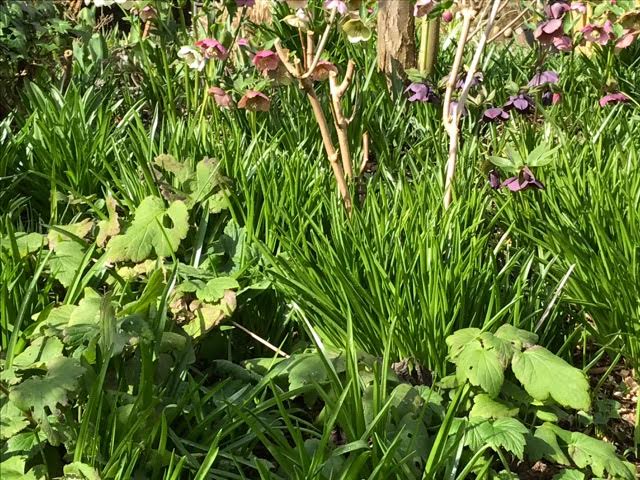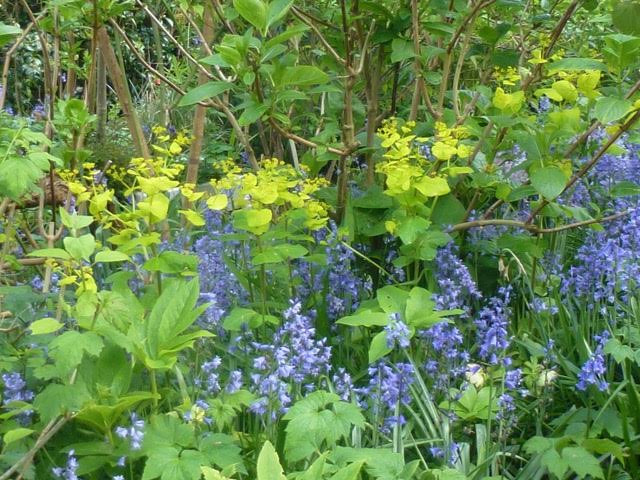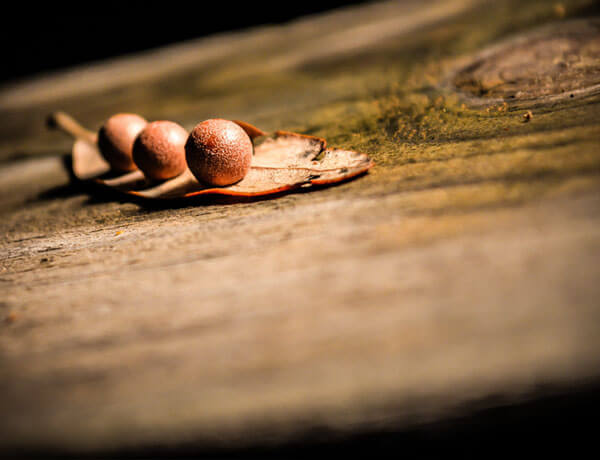-

The Illusion of Control
10th March 2017 • In The Garden • Stephanie DonaldsonI was talking to a fellow gardener and we were agreeing that this is a wonderful time in the garden – spring is underway and for the moment the weeds are smaller than we are. Well, except for a sneaky few, they won’t actually get taller than I am, but they will certainly take over parts of the garden. Here, it’s the lesser celandines and Spanish bluebells that have resisted all control – try as I might they will be a major part of the garden for the next few weeks, especially in the woodland area, so I have largely learned to live with them. And both are attractive plants and will die back in early summer, so it’s not all bad.

That said, now is a good time to dig up celandines while the small tubers on the roots are still firmly attached to the parent plant – I select a square metre or so and clear it – it is quite therapeutic but I suspect ultimately futile as there will be other tubers lurking in the soil. I only spend time on this in the borders – in the woodland area I don’t intervene unless they are seriously threatening a more desirable plant.

The Spanish bluebells are real thugs, but having dug up huge quantities of them to no notable effect I now try to reduce rather than remove them, concentrating on keeping them out of the borders. Once they have flowered I will pull the foliage and flower stems to stop them seeding and theoretically to weaken the plant, although they are showing little sign of flagging. On a less gloomy note, the Smyrnium perfoliatum that I planted three years ago are finally self-seeding enthusiastically and they do combine beautifully with the bluebells, some of which are native bluebells. So there are many reasons to be cheerful right now.

A final cautionary note – don’t put celandines or bluebell bulbs in the compost heap, but do dispose of them responsibly, ideally by taking them to the local tip where the heat generated in commercial compost heaps should ensure they are no longer viable.









